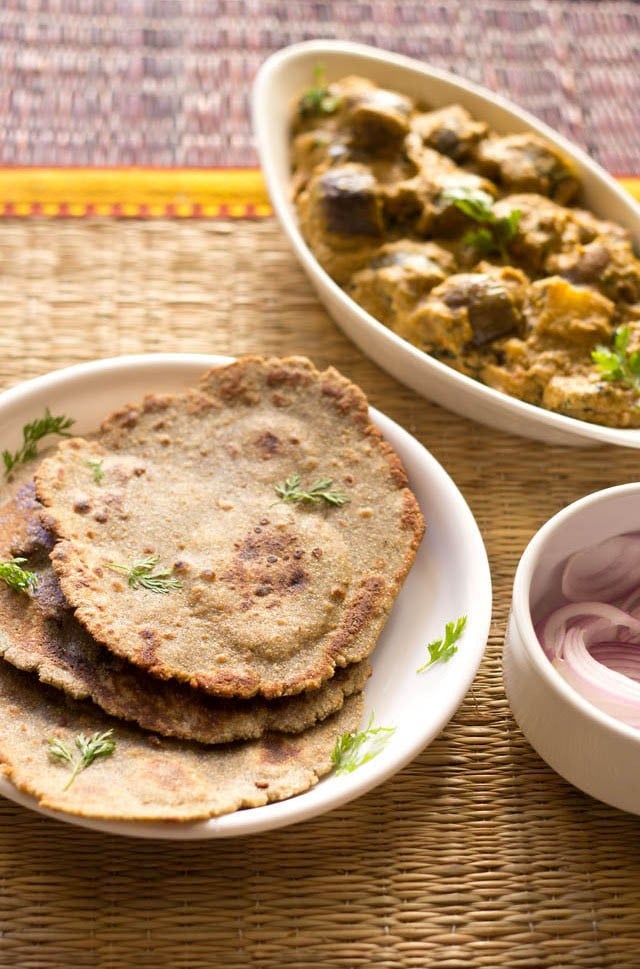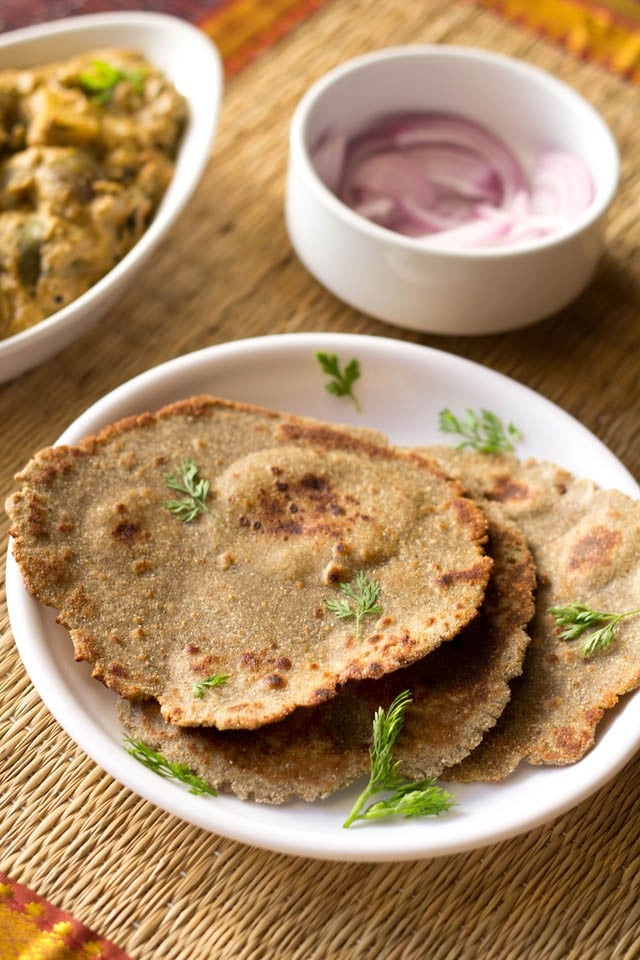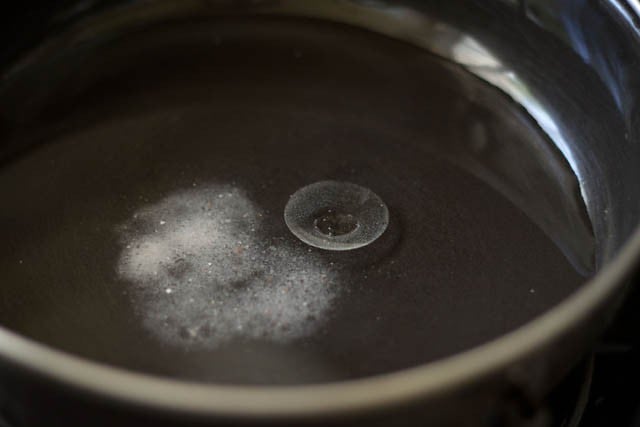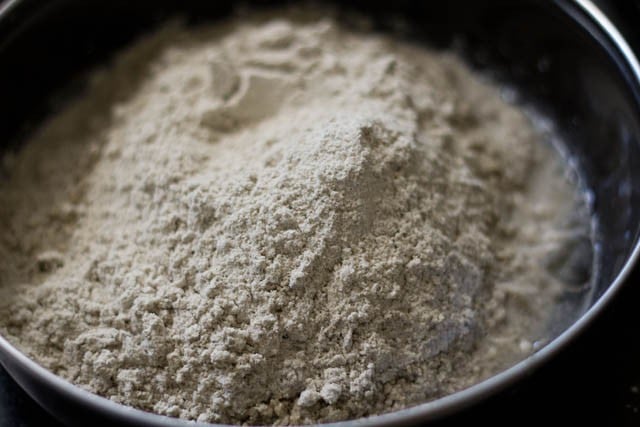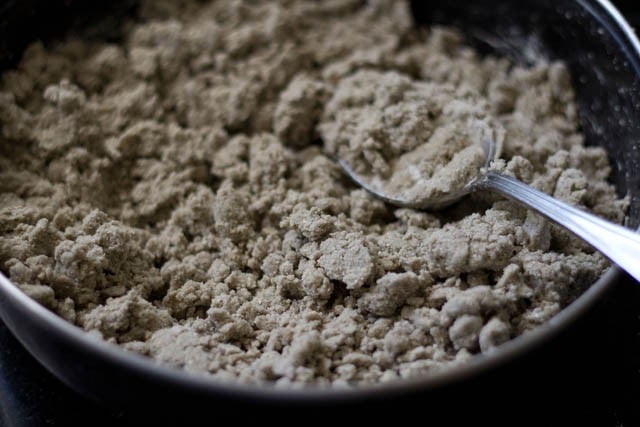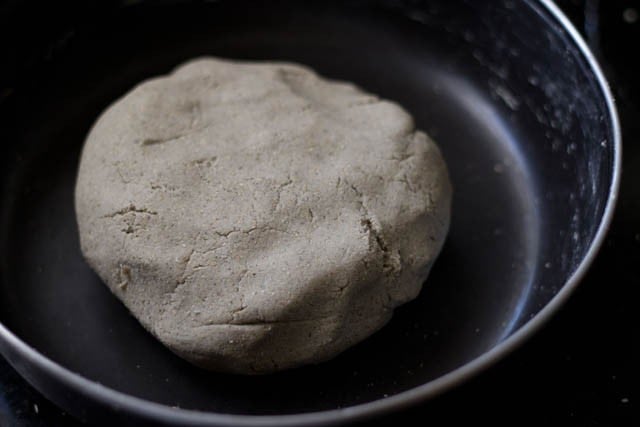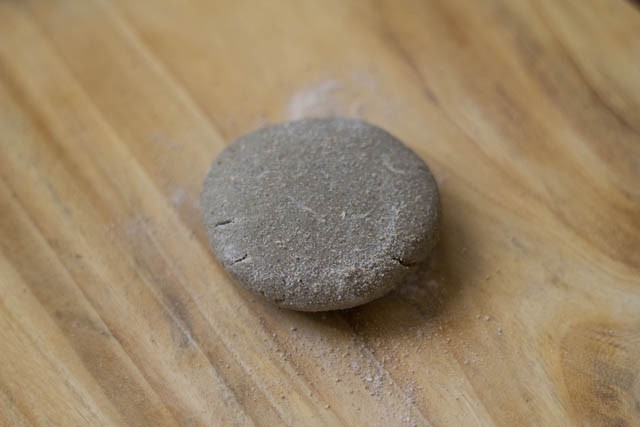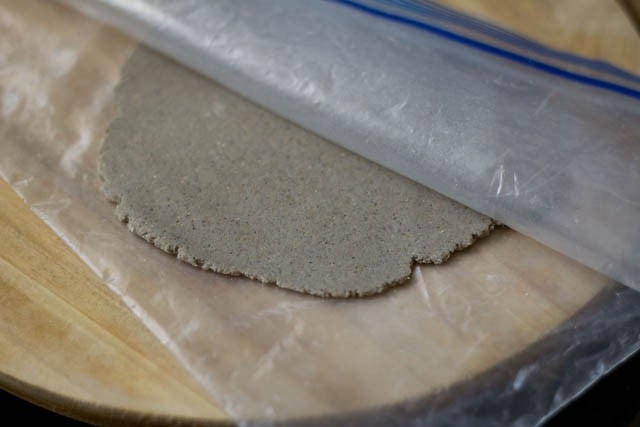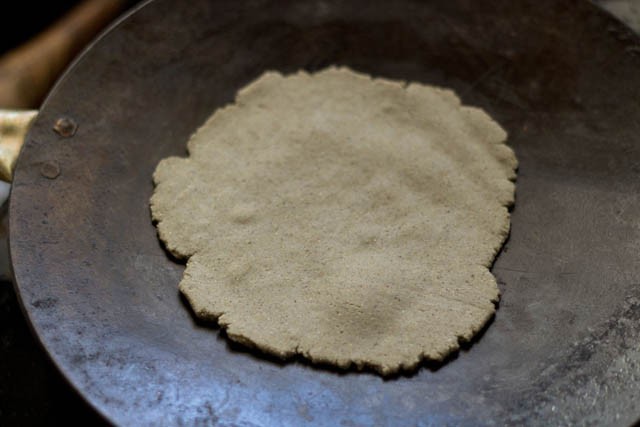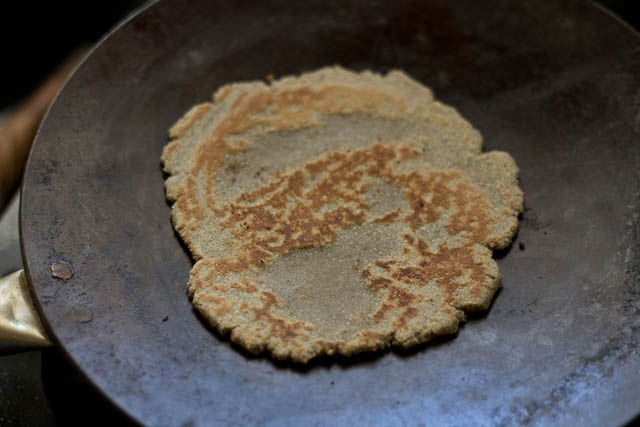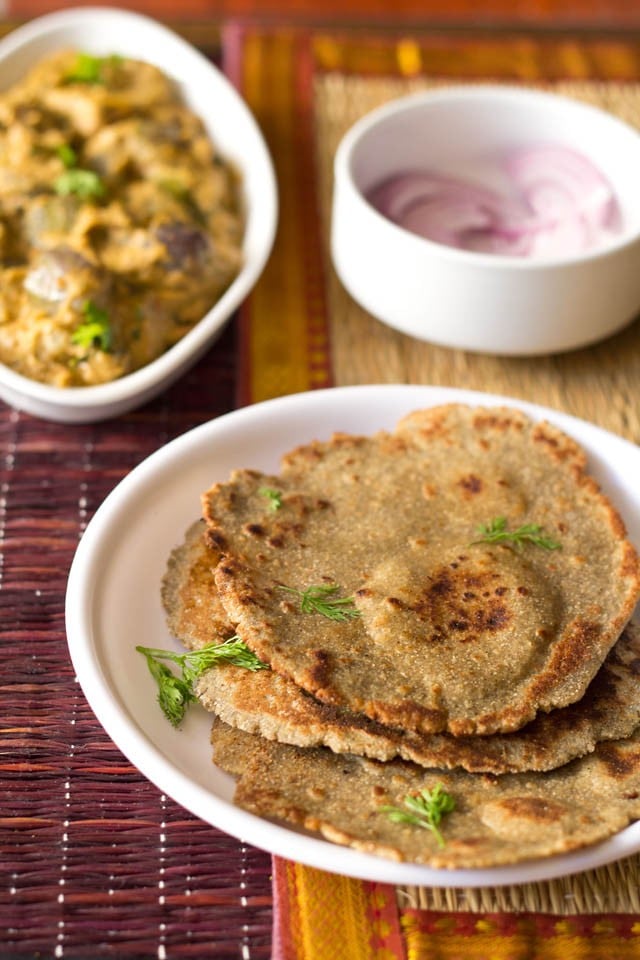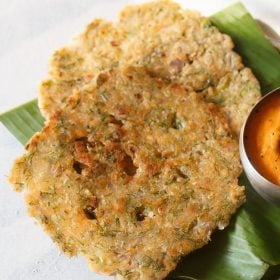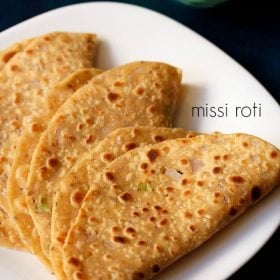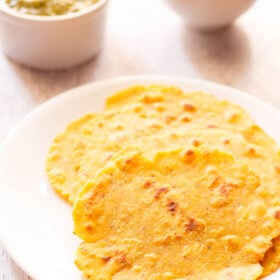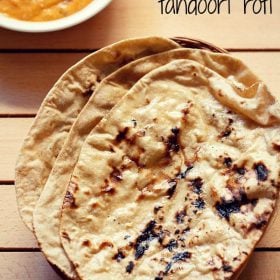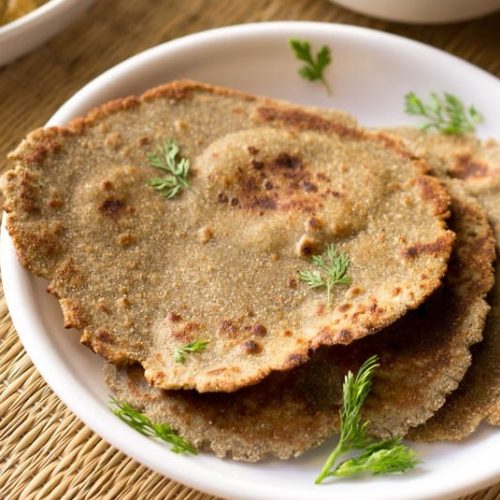About Bajra Roti
Bajra roti (also known as bajra bhakri) is a gluten-free flatbread made with pearl millet flour. Bajra is the Hindi word for pearl millet. These gluten-free flatbreads are an excellent nutritious option for anyone with a gluten sensitivity, and for everyone else, too! There are many types of grains to choose from when making Roti, so I do my best to try them all. Some days I make multigrain flour rotis by mixing together different flours, other times I stick to just a single grain like for these bajra roti or my Jowar Roti (sorghum flour flatbread). You should also know that pearl millet (bajra) isn’t the only kind of millet flour around. I also like to make Ragi Roti (from finger millet flour). Millets are healthy grains, so you should try to include them in your diet. These tasty bajre ki roti are a delightful way to introduce millet into your diet. Not only are they hearty, tasty, and easy to make, they’re also quite healthy! In fact, bajra roti has been associated with improved gut health, weight loss, and stabilized blood sugar. This simple bajre ki roti recipe requires just 4 ingredients, meaning a tasty, gluten-free flatbread is never far from reach. All you need is pearl millet flour, a neutral-flavored oil, salt, and water, plus a little under an hour to make them. Easy, right? So let’s get started.
How to Make Bajra Roti
1: First, heat 1 cup of water. The water should be hot but not boiling. Switch off the heat, then add 1 teaspoon oil and salt as needed. Mix well. 2: Add 2 to 2.5 cups of bajra flour to the water (or vice versa). 3: Mix with a spoon if the water is too hot. If you use warm water, then you can use your fingers for mixing. 4: Gather the mixed dough and knead to a soft, smooth dough when the heat is fine enough to handle. Tip 1: If the dough looks dry and crumbly, add some hot or warm water. Mix and knead. Tip 2: If the dough looks too moist or wet or has become sticky, add some bajra flour. Mix and continue to knead. 5: Pinch a small or medium-sized ball, flatten it slightly with your palms, and dust it lightly with some bajra flour from both sides. 6: This is not my forte, so I like to fold a ziplock bag, place the dough ball between the halves, and gently roll it out with a rolling pin or by using my hands to press it outwards. Dust lightly with flour as needed to keep the dough from sticking. 7: Gently remove the flat uncooked bread from the ziplock bag and place it on a hot tawa or flat pan or skillet. Keep the heat from medium-high to high. 8: Cook the first side until you see a few blisters. Flip and cook the other side. Flip a couple of times and cook till brown spots and blisters appear on both sides. Spread some oil or ghee on top if you like. Cook all rotis this way. Stack them in a roti basket or casserole, so that they stay warm. 9: Serve Bajra roti hot or warm with an Indian vegetable curry, dal or side veggie dish. Enjoy!
Expert Tips
Making bajra bhakri isn’t necessarily difficult, but it does take a bit of practice and finesse. Here are some of my best tips for ensuring your roti come out perfectly every single time:
Be sure to use hot water. The dough becomes more pliable and easier to roll if you use hot water. The rotis will also have a softer texture if you do. Note that the water needn’t be boiling hot – just hot enough like that while taking a shower or doing the dishes. Variation: If you find making these flatbreads too cumbersome, add some whole wheat flour (atta). Including whole wheat flour in the dough will make it easier for you to roll the roti. Don’t use only a rolling pin. Because these rotis are gluten-free, the dough is rather delicate. Rather than trying to roll out the dough as you would for wheat roti, I suggest using a ziplock bag as a non-stick surface on either side of the dough balls and using your hands to press the dough into a circle or gently rolling it out with a rolling pin. Use an oil with a high smoke point. Ghee, vegetable oil, avocado oil, sunflower oil or peanut oil will all work. Oils with a lower smoke point like olive oil should be avoided. Serve the bajra roti warm alongside a vegetable curry, dal, or even a side dish. I served the Bajra roti with Bharli Vangi (stuffed aubergines in peanut-coconut-sesame gravy) this time around, and the combo was really good. They would also taste great with a good North Indian, Maharashtrian or Gujarati vegetable or legumes curry like Usal, Gutti Vankaya Kura, Sprouts Curry, or my Ennegayi recipe.
Please be sure to rate the recipe in the recipe card or leave a comment below if you have made it. For more vegetarian inspirations, Sign Up for my emails or follow me on Instagram, Youtube, Facebook, Pinterest or Twitter. Akki Roti (2 Ways) | Akki Rotti | Rice Roti Missi Roti Makki Ki Roti (Maize Flour Flatbread) Tandoori Roti (Butter Roti) – 2 Ways This Bajre ki Roti recipe from the archives first published in March 2013 has been republished and updated on November 2022.
